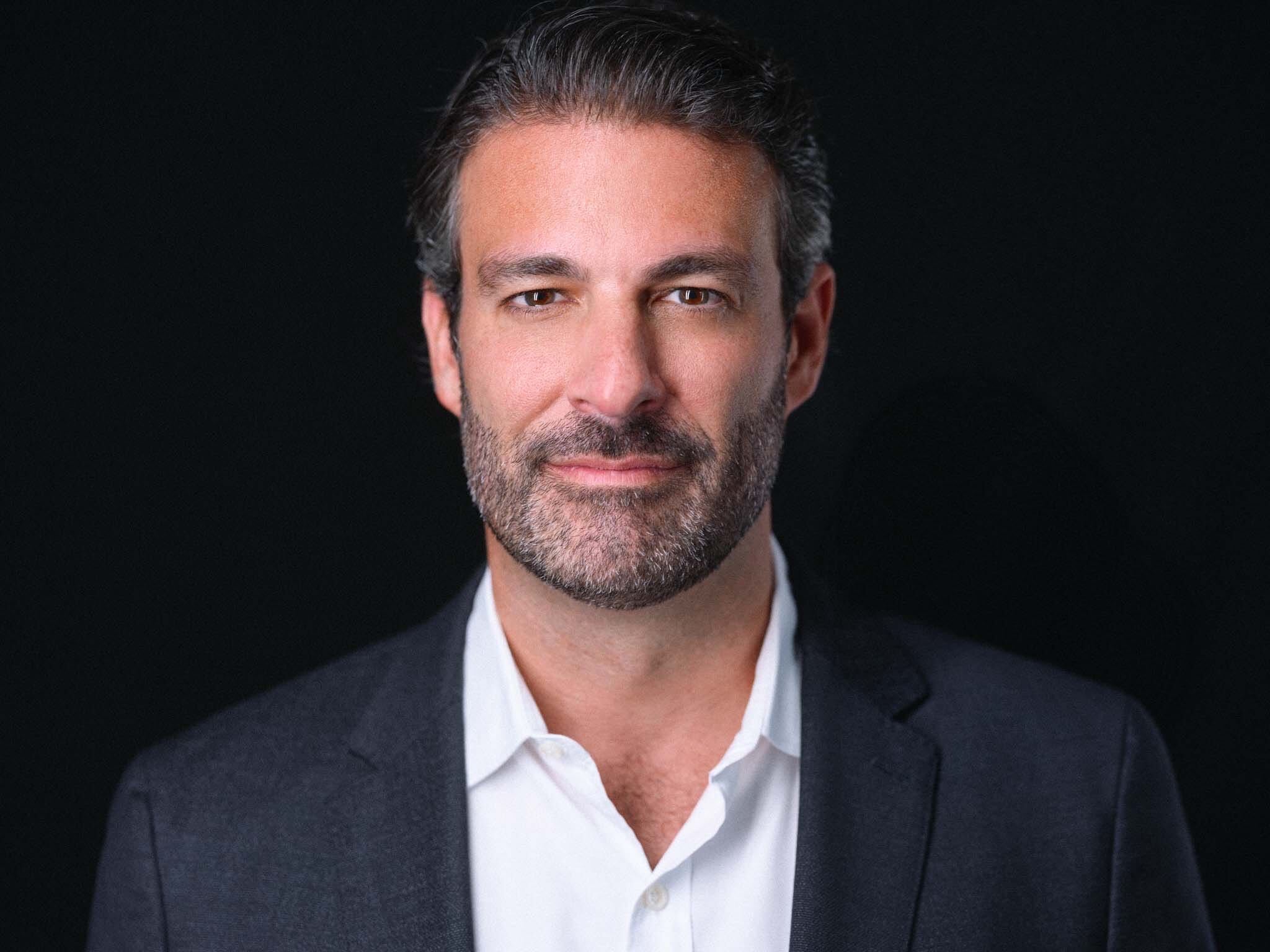Guest Blog: TV Still Reigns Supreme in a Post-Lockdown World
A higher level of content consumption is the new normal

Viewership increased across broadcast TV and ad-supported streaming during quarantine as consumers spent more time at home. But surprisingly, viewing time continued to hold steady as states reopened rather than dropping off. That means a higher level of content consumption is the new normal.
Marketers can successfully take advantage of this burgeoning trend by planning campaigns intelligently and deploying advanced technologies to attribute data. That way, demand will be higher when standard business volume resumes.
Riding the Wave
Industry studies found that even before the COVID-19 pandemic, consumers spent more time watching TV than interacting with any other ad-supported media platform. Lockdown enabled viewers to discover even more new content, and it was more than just Hamilton or Tiger King—for one thing, cable news ratings doubled.
This trend will not be slowing down anytime soon, so marketers need to make the most of it. Thanks to the prevalence of smart TVs and connected TVs (CTV), they can now learn more about consumers and reach prospective customers during new shows and dayparts, making primetime all the time.
As lockdowns ease, advertisers should employ smart strategies so they can ride this wave of upward trends in viewing.

Striking the Right Tone
Just 7% of U.S. agency and marketing professionals retained regular ad spend for linear broadcast and cable TV spots during the pandemic. But the brands that emerge from this challenging time in the best shape will be the ones that let people know they care. The best way to achieve that goal is by planning properly and increasing share of voice when possible, so marketing becomes a natural part of recovery.
Another crucial step in this process is matching messages to the current environment. Brands need to strike a balance by generating demand for their products and services without alienating potential new audience bases. Some consumers are still skittish about going into stores, so ads should take a “wait and see” attitude into account.
Luckily, marketers do not need to limit their focus to brick-and-mortar retail since there are now plenty of alternatives. For example, e-commerce and delivery exploded because of widespread lockdowns, and eMarketer reports that American consumers will spend more than $700 billion shopping online in 2020.
Advertisers should use this change to their advantage and keep messaging as flexible as possible. Rather than pressuring customers to “buy now,” they can project care and stability through sensitive spots that emphasize recovery and employ advanced technologies.
Staying Connected
Enterprises across the country are reopening in a brave new world, so they need to tap into the most up-to-date marketing tools available. CTV is an essential part of that process, giving budget-conscious consumers the chance to access free, ad-supported channels without a cable subscription.
The viewing public has embraced this technology, and marketers are following suit. CTV ad spending will grow 25% this year, proving the pandemic has not deterred buyers and sellers from opening their wallets.
Firms can now combine television’s compelling brand storytelling with digital tools to engage cord-cutters and target the right audiences at the right time. Well-attributed analytics need to be at the center of any CTV strategy. As brands learn more about viewers, they should employ cost-effective, scalable strategies to turn them into customers.
CTV also maximizes opportunity because different departments can collaborate to evaluate campaign performance, improve results, and stop ad fraud. They should then attract new consumers through easily attributable automated spot buys. All parties will feel the downstream effects, reaping significant benefits as the economy recovers.
At times like these, it is difficult to know what tone to strike in spots or which tools enable brands to reach audiences most efficiently. But thanks to TV’s continued dominance, advertisers can still connect with viewers and grow their consumer bases. Marketers who take these strategies to heart will be ready for whatever comes next.
Josh Hare is senior VP at Viant, where he oversees revenue growth with fortune 500 brands and major agency holding companies. His primary focus is helping clients gain deeper insights into their customers’ online and offline paths to purchase, as well as strategically guiding them in how to make the best use of new emerging advertising technologies like advanced TV, Digital-Out-Of-Home and Digital Audio. Prior to joining Viant, Josh spent seven years at a broadcast network canvassing major advertising agencies and brands in the traditional and digital space.
Broadcasting & Cable Newsletter
The smarter way to stay on top of broadcasting and cable industry. Sign up below
Josh Hare is senior VP at Viant, where he oversees revenue growth with fortune 500 brands and major agency holding companies. His primary focus is helping clients gain deeper insights into their customers’ online and offline paths to purchase, as well as strategically guiding them in how to make the best use of new emerging advertising technologies like advanced TV, digital-out-of-home and digital audio. Prior to joining Viant, Josh spent seven years at a broadcast network canvassing major advertising agencies and brands in the traditional and digital space.
